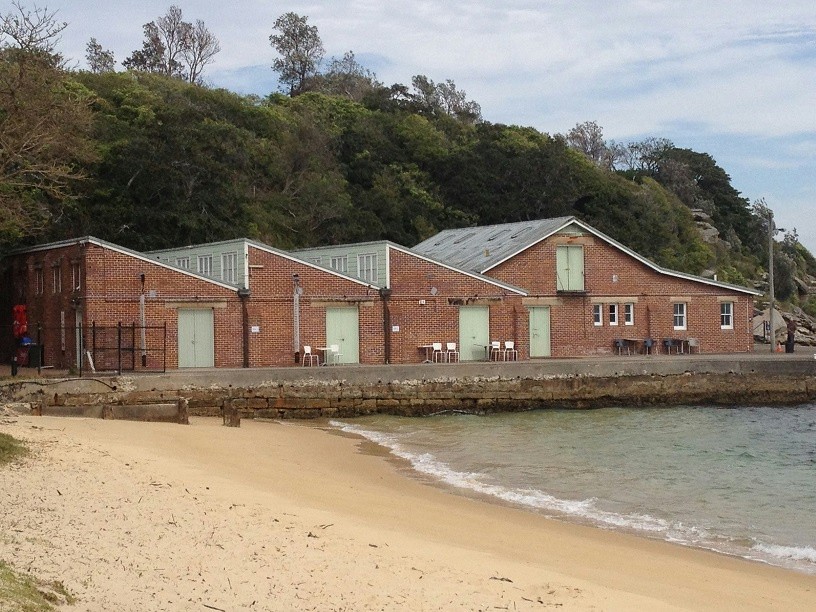The Sawtooth Roof’s Timeless Legacy in Industrial Elegance and Modern Architecture

Few features in the vast tapestry of architectural history have the same resonance as the sawtooth roof, a legendary representation of the industrial era. This creative design, which has its roots in functionality, has evolved beyond its practical beginnings and significantly influencedboth modern and historical construction projects.
Revolutionizing Light in the Industrial Dawn
Nearly 200 years ago, the sawtooth roof emerged as a response to the need for efficient lighting in vast factory spaces. Comprising long, thin roofs with irregular pitches and glass-filled, steeper edges facing away from the equator, this design allowed industrial buildings to harness natural light effectively. By blocking direct sunlight while permitting uniform indirect light, factories could operate safely and efficiently, marking the sawtooth roof as a crucial component of the industrial era's growth.
Skyline Silhouettes and Aesthetic Mastery
Beyond its functional brilliance, the sawtooth roof added an artistic dimension to industrial landscapes. The clerestory windows in each "tooth" created a striking skyline, imprinting industrial towns with a memorable topographic character. The graphical lines drawn by these roofs became an integral part of the visual identity of the burgeoning industrial age.
Illuminating Structural Beauty
A unique feature of the sawtooth roof is its ability to illuminate the intricate strut and beam work on the non-glazed sections beneath the glass-filled edges. Sawtooth roofs are becoming an increasingly popular feature in modern architectural projects, particularly those that involve the restoration of historic factories, because of their practicality and aesthetic appeal.
Sustainability and Well-being
In an era where sustainability and well-being shape architectural priorities, the sawtooth roof is more than a nostalgic relic. Beyond preserving historical aesthetics, the sawtooth roof proves its worth in modern adaptive reuse projects, reducing energy costs and enhancing visual appeal. Developers increasingly recognize the unique blend of historical charm and contemporary efficiency offered by buildings adorned with sawtooth roofs.
Adapting Tradition to Modern Innovation
The sawtooth roof's versatility extends beyond historical preservation. Contemporary architects leverage their design for roofs and facades, manipulating light, heat, and sound entry into buildings. In residential architecture, the sawtooth pattern allows for individual property adjustments, optimizing sunlight exposure, providing scenic views, and maintaining acoustic privacy.
Solar Energy Efficiency
Designed initially to mitigate harsh direct sunlight, the modern sawtooth roof goes further. Once intended to block sunlight, the pitched roof sections now serve as ideal surfaces for efficient solar panels. This dual functionality reduces a building's energy consumption and transforms it into a self-sustaining entity, aligning with the contemporary emphasis on renewable energy sources.
The sawtooth roof gracefully crosses the ages to preserve industrial architecture's legacy while advancing the development of aesthetically beautiful and sustainable building designs. The sawtooth roof continues to write history, from old factories to modern buildings, demonstrating that form and function can coexist peacefully and adapt to the ever-evolving demands of architectural innovation.














